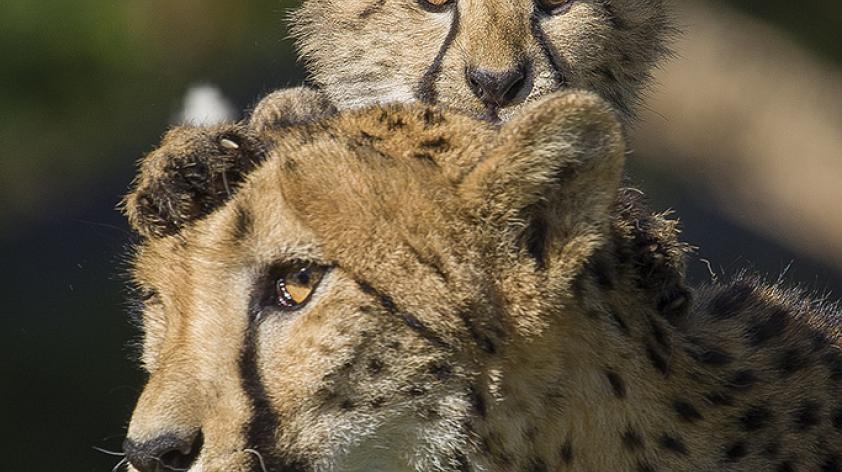
International Society of Wildlife Endocrinology (ISWE) Conference, Berlin 2015
In October 2015, I had the pleasure of traveling to Berlin, Germany to attend the fifth annual conference for the International Society of Wildlife Endocrinology (ISWE). This growing international organization fosters a scientific community where research ideas, both challenges and successes are shared in an effort to advance our science.
This year’s conference host, the Leibniz Institute for Zoo and Wildlife Research, certainly selected a memorable venue—a castle! The beautiful Schloss Friedrichsfelde, which dates back to 1717, is located on the zoo grounds of Tierpark, Berlin. At this magnificent site, wildlife endocrinologists and interested researchers from around the world gathered for a fascinating three-day conference that focused on research involving the study of hormones in exotic wildlife.
The challenges of studying hormones in exotic species are both rewarding and frustrating at times. The biological pathways used to metabolize, or breakdown and change hormones and other chemicals can vary both between and within species. This can make hormone analysis complicated and can present unique challenges for researchers. This is where the ISWE group provides a specialized reservoir of information for its members. We try to focus our research efforts on non-invasive techniques in order to examine different types of hormones in wildlife. Our challenge is to figure out which hormones an animal produces, and then figure out how to properly measure the concentration in material excreted by an animal.
Since this international meeting was held in such a historically rich locale, the meeting organizers had arranged a walking tour of their city. We saw historical landmarks dating back centuries as well as more current monuments. In addition, we learned about the long and complicated history involving Prussia, Germany, and Berlin itself and the historical landmarks that exemplify each. It was fascinating to see buildings that, although they were rebuilt after WWII, still contain numerous bullet holes and signs of destruction from that war.
The Berlin scientists were very accommodating and knowledgeable and should be congratulated for hosting an amazing meeting. The talks and poster presentations were fascinating and I learned a great deal of information that I can incorporate into my work at the San Diego Zoo Institute for Conservation Research.













